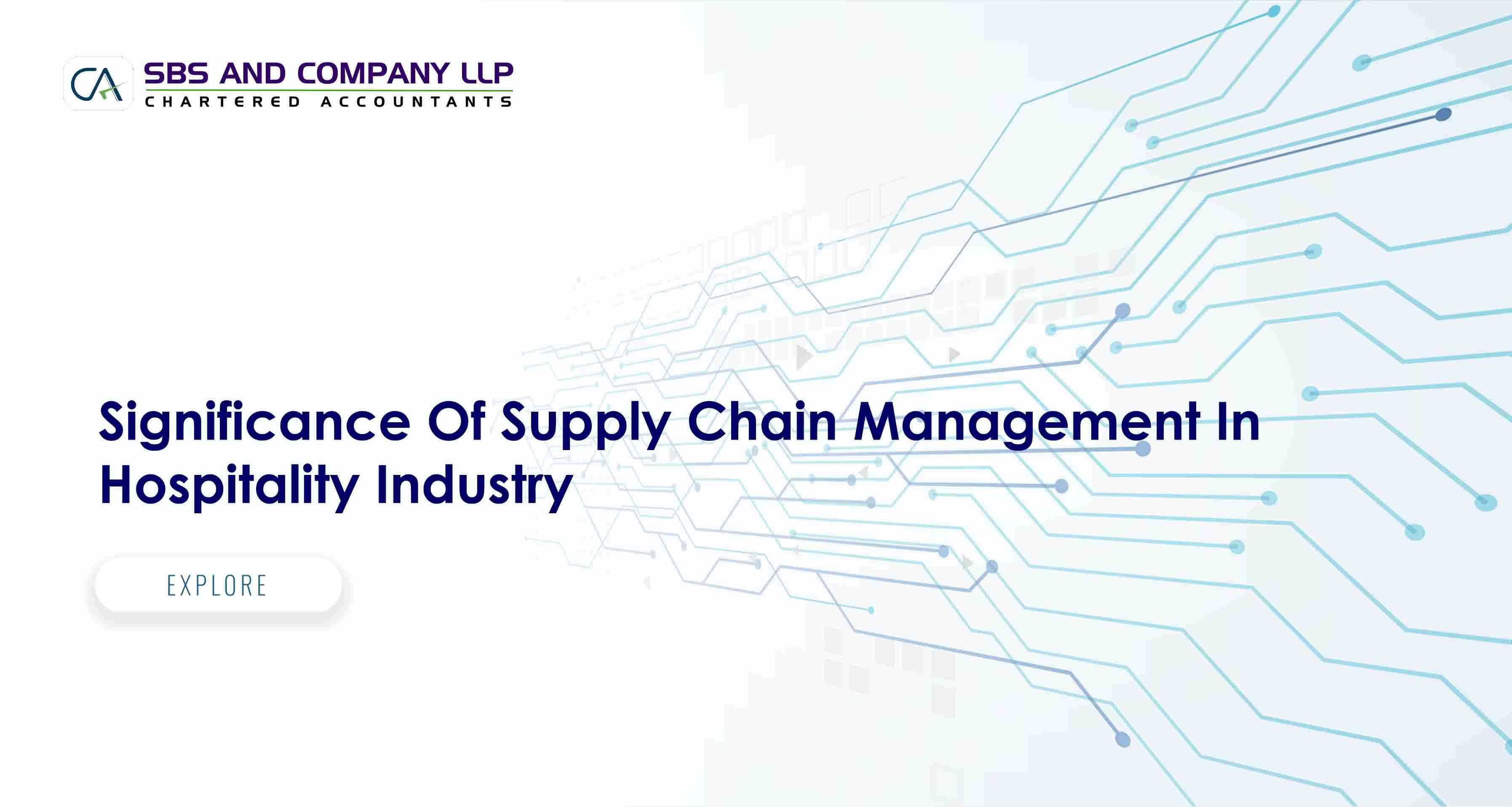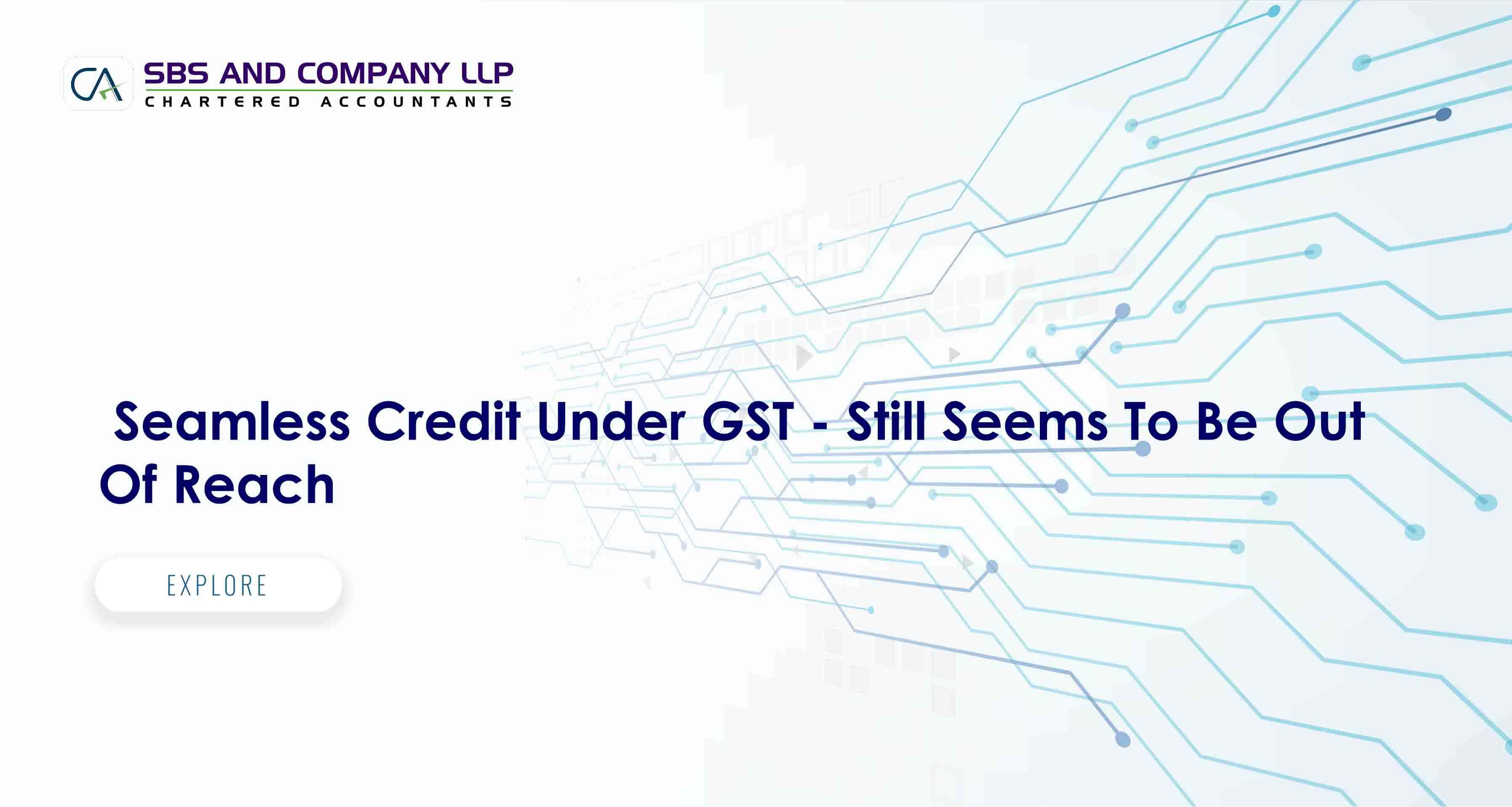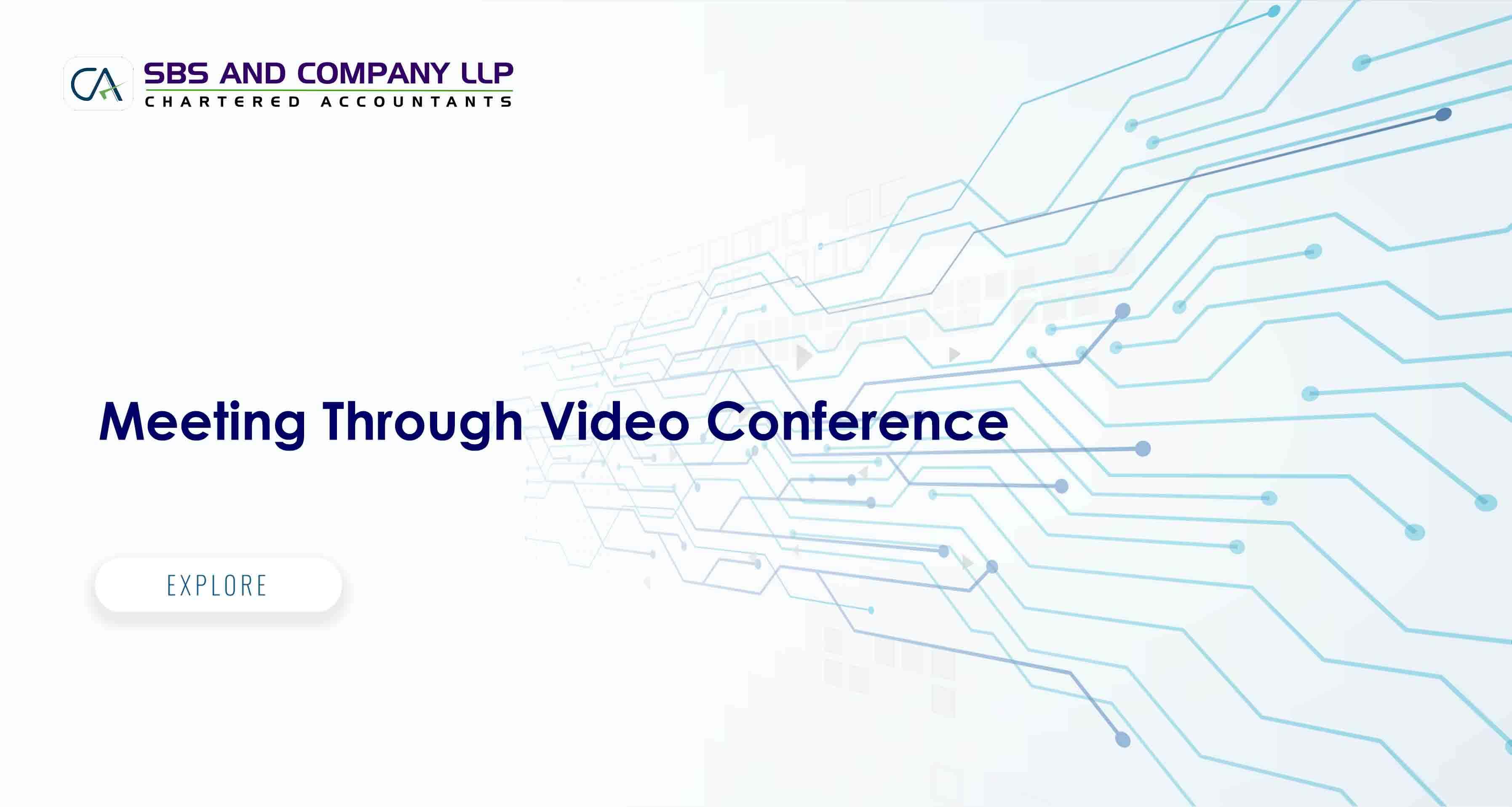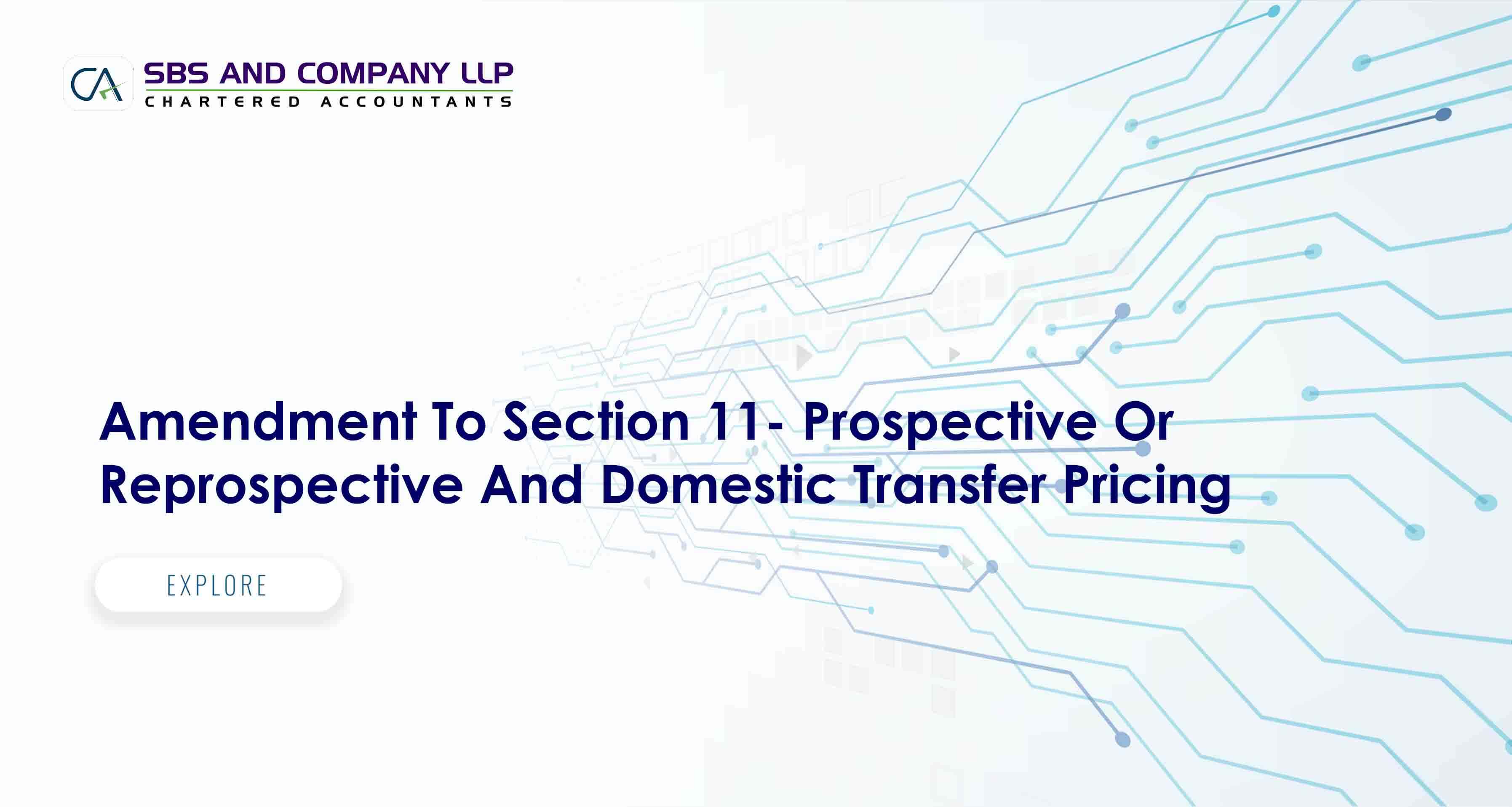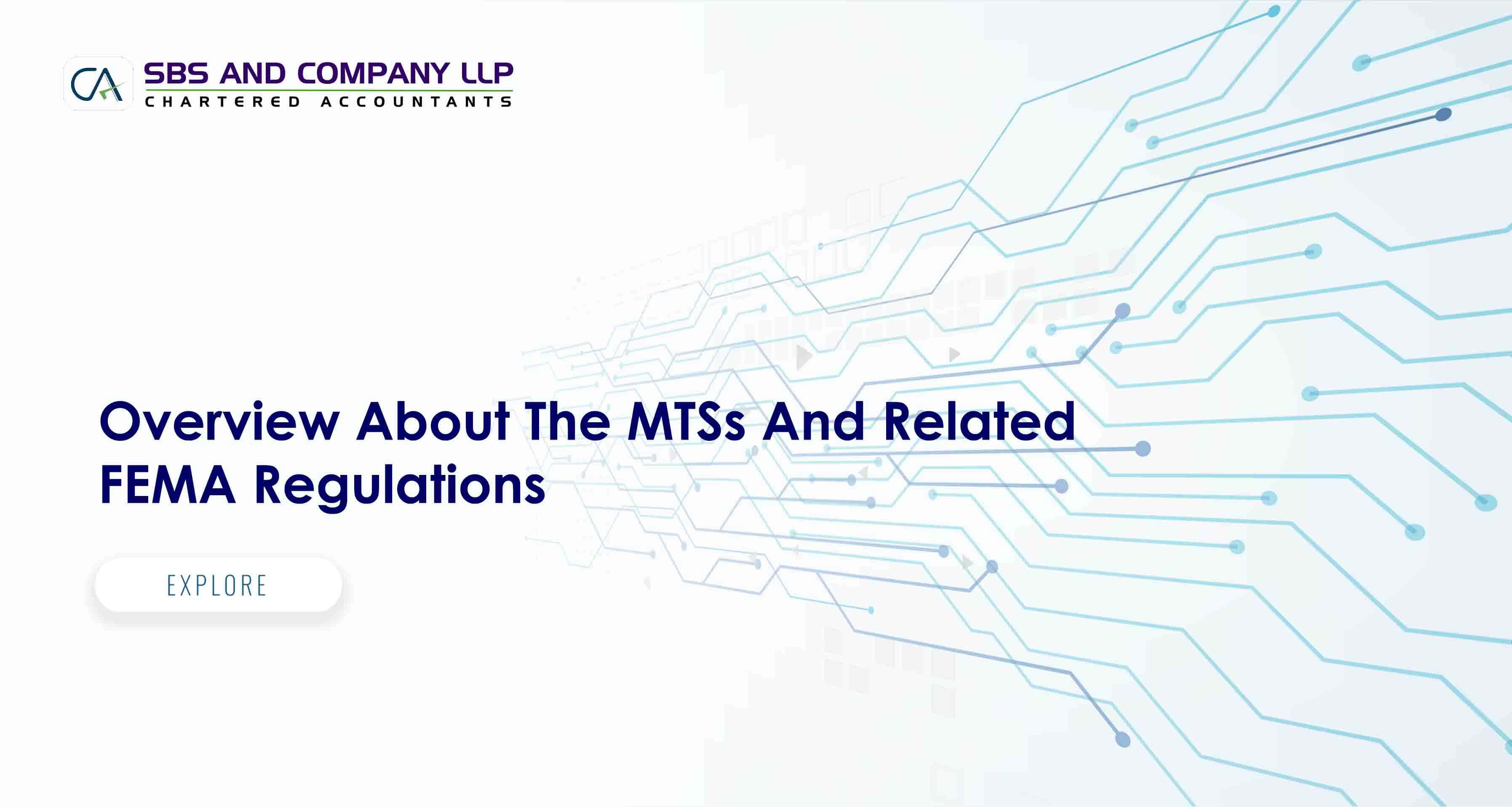- SBS AND COMPANY LLP
- Blog
- Hits: 57731
Significance Of Supply Chain Management In Hospitality Industry
What is SUPPLY CHAIN Management..?
All activities associated with the flow and transformation of goods from the raw materials stage, through to end users, as well as the associated information inflows. This includes material and information flows both up and down supply chain. Therefore supply chain includes a whole horde of systems such as systems management, operations and assembly, purchasing, production schedule, order processing, inventory management, transportation, warehousing, and customer service.
Download Supply Chain Management In Hospitality Industry PDF
In today’s changing business environment, there is an increased focus on delivering value to the customer at the cheapest possible costs. Hence there has been increased interest in logistics and supply chain management practices since performance is not only determined by actions and decision, but also the improvements on return on investment and greater profitability.
Hotel companies, both big and small, must focus on how to offer products and services while keeping costs low. In an industry which is labor intensive many hotels are forced to make bolder and more visible moves in costs reduction to their operations. It comes as no surprise that much of these costs cutting efforts have been focused on payroll and other employee associated costs, like hiring freezes, cuts in employee perks, reduction of bonuses, and reductions in salaries.
One area of the hotel industry that is usually left out in cost cutting efforts is its logistics and supply chain operations. Even though logistics and supply chain is considered an operations management strategy in the hotel and other service industries, they can use these strategies to help add value to their properties. The supply chain is an important element within the hotel and catering industry.
A well-established logistics and supply chain management system can help the hotel industry give individual hotel companies a sustainable competitive advantage. The use of the right logistics and supply chain strategies helps not to only improve the quality and service of the hotel company, but drive down costs. For staff in this industry, it is crucial to build steady relationships with suppliers and work with a good ordering system in order to improve the service level towards customers.
The hotel industry can benefit from the comprehensive and integrated practices of logistics and supply chain management, by delivering a consistently reliable and high quality service at the best costs.
Challenges in the Supply Chain in the hotel industry
The purchase manager is always under constant pressure to meet the user departments’ un- planned needs. As a result the purchase manager always tries to have huge buffer stocks, lest he should fall short of satisfying the hotel operating/user departments. But this does not mean that quality management processes should be totally ignored.
Material Cost: A hotel store deals with huge quantities of the items with very less price. Bulk of the direct material cost is invested in such items. Majority of the consumables of the hotel are of perishable nature due to which one cannot make use of the economies of bulk purchase. This increases the Number of transactions and thereby the transaction costs. This results in increased transaction costs.
Material Ordering Costs: The individual departments normally use manual indents and purchase requisitions independently. In many properties the hotels do not have computerized indenting and purchase requisitions. The consolidation of such indents and requisitions become quite time consuming. The purchase Department is found to place individual orders for same products, due to difficulty in consolidation Even for chain properties where different units are located in the same city, the hotels do not take advantage of bulk purchasing due to the above reasons.
Inventory Holding Costs: The purchase department, in the fear of not being able to give the right items to the user departments on time, stock large quantities of materials. This occupies a large space and there by leads to increase in costs.
Emergency purchase: The purchases are made on the request to the user departments on the spur of the moment, and are regularized later by making the required paper work. Due to lack of planning, emergency purchases are a matter of routine and not due to exception.
Factors affecting supply chain management in Hotel Industry
It is essential to understand that the premise under which the hospitality industry operates is much different from other industries. The industries capital costs are high, operating costs being comparatively lower. The hotel industry has its unique characteristics, like customer centricity, different types of management etc.
- Guest or Customers are the utmost important for the hotel industry; customer satisfaction is of paramount importance to the hotel industry. In the hospitality industry the customer related activities such as food and beverage production and service, housekeeping, Front office management are given utmost importance. The back office operations such as the accounts, purchases, supplies chain management, revenue recording etc. take a back seat.
- Different types of management systems, such as the ownership hotels, franchisees, hotels which are run on operating contracts by chains etc. The different managements systems have different implications on the supply chain management.
- In the hotel industry all the efforts are customer oriented as a result lot of cost reduction which can be attained through improved upstream functions of supply chain management is lost. Current trends in the industry show that computerized property management systems are used but mainly for front office management and reservation systems.
Benefits of Supply Chain Management
- The supplier and the hotel benefit from a well-established system of supply chain management. The relationship between the supplier and hotel becomes stronger because of professional management in the form of development of proper purchasing policies. This could also lead to concentrating on a few trusted suppliers, rather than have a large and inefficient supplier base. Newer and more efficient suppliers could be identified, leading to increased efficiency.
- Itleads to significant reduction in costs and also helps continuous evaluation and improvement in the buying process. It could increase the product range or perhaps reduce it too, because of intensive market research undertaken.
- Improved management information to future requirements
SCM – Strategic methods explained
Supplier Identification: Generally supplier base is huge in the hotel industry, this has its positives, conscious steps should be taken to identify committed suppliers who are willing to go by the objectives of the Organisation, and be involved and appreciate and support the changes of the organizational requirements.
Supplier evaluation and selection: Supplier evaluation is a critical process, suppliers ability to supply the right goods at the right time with correct specifications has to be reviewed. Contracts are awarded after careful negotiations with the supplier.
Supplier management : After the suppliers fulfills its obligation by delivering the required goods as per specifications it’s the responsibility of the Purchase department to ensure suppliers bills are paid promptly , at times good suppliers are lost due to the payment delays. Therefore its very essential to maintain a strong relationship with the supplier hence supplier management has to be strengthened.
Supplier development and improvement: It’s a very crucial step in the supplier chain management. A careful consideration of this process would contribute towards efficiency and cost saving.
Conclusion:
Professional supply chain management ensures every supplier is committed for top quality product and service standards. An efficient supply chain management helps in significant cost reduction by developing and implement contracts and agreements with suppliers of hospitality products and services, securing for the hotels competitive prices be if for food and beverage, rooms or property operations


